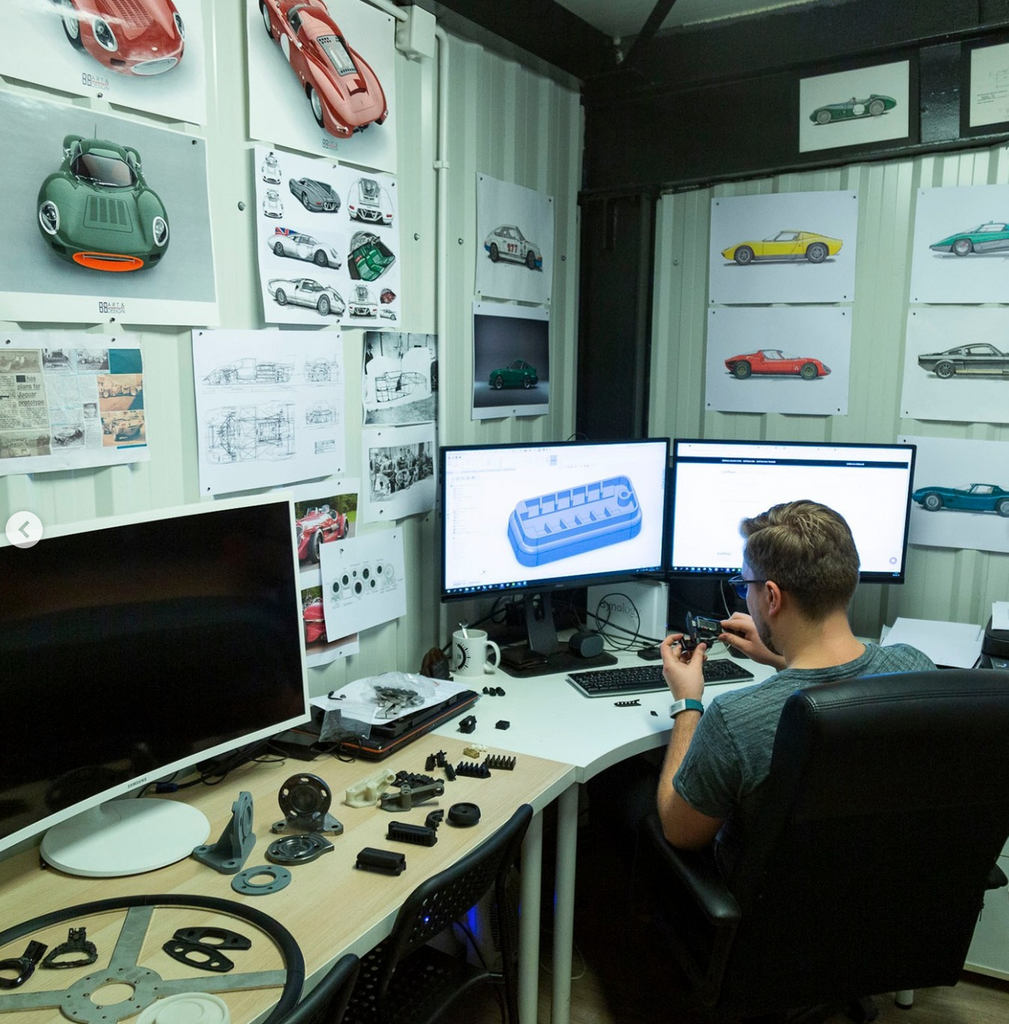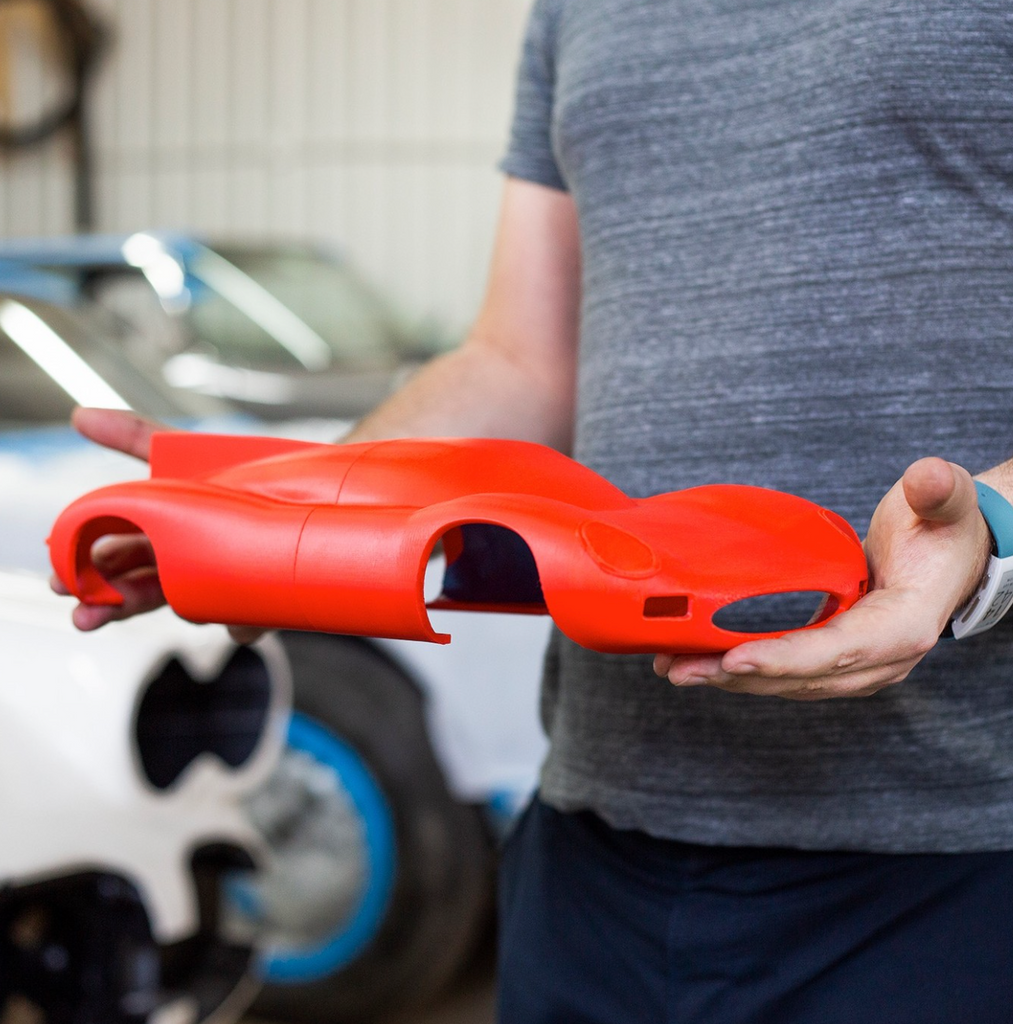The future of 3D printing looks promising, with new trends and innovations emerging every day. This revolutionary technology has been around for more than three decades, but it's only recently that it has gained popularity and become more accessible to the masses. Today, 3D printing is being used in a wide range of industries, including aerospace, automotive, healthcare, fashion, and entertainment, to name a few.
In this article, we'll explore some of the trends and innovations that are likely to shape the future of 3D printing.
-
Additive Manufacturing at Scale
The ability to produce parts at scale is critical for the industrial adoption of 3D printing. This has been a major challenge for the technology, as the process can be slow and expensive when producing large quantities. However, several companies are working on improving the scalability of 3D printing.
One of the most promising approaches is using multiple print heads that work in tandem to speed up the process. This technique allows for multiple parts to be printed simultaneously, significantly reducing the time and cost required for large-scale production.
Another approach is to increase the size of the 3D printers themselves. Some companies are developing printers that can produce parts up to several meters in size, opening up new possibilities for creating large-scale objects such as buildings and vehicles.
-
3D Printing with New Materials
One of the key advantages of 3D printing is its ability to work with a wide range of materials. Today, 3D printers can use everything from plastics and metals to ceramics and even living tissue. As the technology continues to evolve, new materials are likely to emerge, expanding the possibilities of what can be created with 3D printing.
One area of focus is on developing materials that are more sustainable and environmentally friendly. For example, researchers are exploring the use of biodegradable plastics and recycled materials that can be used in 3D printing.
Another area of focus is on creating new materials that can mimic the properties of natural materials, such as bone and cartilage. This has the potential to revolutionize healthcare, as 3D-printed implants and prosthetics can be customized to fit the patient's unique anatomy.
-
3D Printing in Space
3D printing has the potential to play a significant role in space exploration and colonization. The ability to produce parts and tools on-demand using local materials can reduce the need to transport everything from Earth. This could significantly reduce the cost and complexity of space missions, making it easier to explore and settle on other planets.
Several companies are already exploring this potential. For example, NASA is working on a project to develop a 3D printer that can produce parts using lunar dust, which could be used to construct habitats and other infrastructure on the moon. Private companies such as SpaceX and Blue Origin are also investing in 3D printing technologies for use in space exploration.
-
Advances in Design Software
The software used to design 3D-printed objects has come a long way in recent years, and it's likely to continue to improve in the future. The ability to design complex geometries and structures is critical for unlocking the full potential of 3D printing.

Several companies are working on developing design software that is specifically tailored to 3D printing. These tools make it easier to create complex designs and optimize them for printing, reducing the likelihood of errors or printing failures.
Another trend is the use of artificial intelligence (AI) to assist in the design process. AI algorithms can analyze existing designs and identify areas for optimization or suggest new design ideas based on specific parameters. This has the potential to significantly speed up the design process and enable the creation of more complex and innovative designs.
-
3D Printing for Mass Customization
One of the most exciting possibilities of 3D printing
is its potential for mass customization. This means that products can be tailored to individual needs and preferences, without the need for expensive and time-consuming customization processes.
For example, in the healthcare industry, 3D printing is already being used to produce customized implants and prosthetics. These devices can be designed to fit the patient's unique anatomy, improving their comfort and functionality.
In the fashion industry, 3D printing is being used to create customized clothing and accessories. Customers can use body scanning technology to create a digital model of themselves, which can then be used to produce clothing that fits them perfectly.
As 3D printing technology continues to evolve, it's likely that we'll see more industries adopting mass customization as a way to differentiate themselves and provide better products and services to their customers.
-
Integration with Other Technologies
3D printing is not an isolated technology, and it's likely to become more integrated with other technologies in the future. This includes the use of sensors and Internet of Things (IoT) devices to monitor and control the printing process in real-time.
For example, sensors can be used to detect errors or defects in the printing process, allowing for immediate adjustments to be made. IoT devices can also be used to track the progress of a print job and provide updates to the user, improving the overall user experience.

Another area of integration is with virtual and augmented reality (VR/AR) technologies. VR/AR can be used to visualize and test 3D-printed designs before they are produced, reducing the likelihood of errors or printing failures. This can also help designers and engineers to collaborate more effectively, regardless of their physical location.
-
Bioprinting
Bioprinting is a subset of 3D printing that involves the use of living cells and biological materials to create tissues and organs. This has the potential to revolutionize healthcare, as it could enable the production of replacement organs and tissues that are compatible with the patient's own body.
While bioprinting is still in the early stages of development, there have already been several breakthroughs in this field. Researchers have successfully printed functional liver and heart tissue, and there is ongoing research into printing more complex organs such as kidneys and lungs.
As bioprinting technology continues to evolve, it's likely that we'll see more applications in the field of regenerative medicine, where damaged or diseased tissues can be replaced with 3D-printed alternatives.
In conclusion, the future of 3D printing looks bright, with new innovations and trends emerging every day. From scalable production methods to the use of new materials, 3D printing is poised to revolutionize a wide range of industries.
As the technology continues to evolve, it's likely that we'll see even more applications in areas such as space exploration, mass customization, and bioprinting. The integration of 3D printing with other technologies such as AI, IoT, and VR/AR will also enable new possibilities and improve the overall user experience.
Overall, 3D printing has the potential to transform the way we think about manufacturing, healthcare, and even our relationship with the environment. It's an exciting time for this technology, and we can't wait to see what the future holds.
Happy Printing!

